LOW-PRESSURE-CASTING
THE PRODUCTION PROCESS – HOW DOES THE LOW-PRESSURE CASTING PROCESS WORK?
In the low-pressure casting process, light-alloy wheels are literally produced from one casting. The liquid aluminium is pressed into the cavity of the rim casting mould from below with gas pressure. During the gradual cooling process, the pressure is maintained. This serves to keep fresh melt flowing in and compensate for the shrinking volume caused by cooling. It results in a uniform material density.
Because the aluminium melt is introduced from below, the solidification of the new wheel should take place from top to bottom. The designers of the wheel take this requirement into account, for example, by favourably grading the cross-sections. The casting is followed by heat treatment to give the alloy even more strength. All rim blanks are X-rayed to exclude inclusions or cavities in the material.

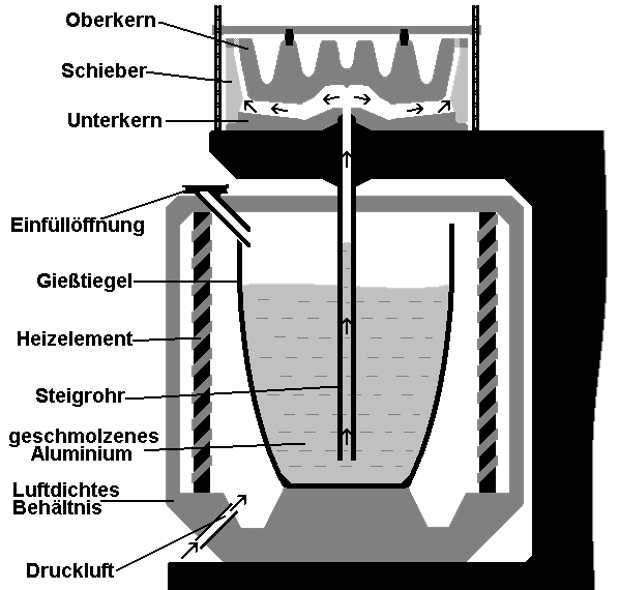
THE MELTING PROCESS
- The molten aluminium is poured through the feed opening into the pouring/melting crucible.
- Heating elements keep the melt at the correct temperature.
- An air-tight chamber surrounds the casting/melting crucible. Air can be used to create pressure in the chamber.
- As a result of the pressure, the aluminium rises through the casting tube and fills the mould.
- Solidification begins at the topmost point and continues downwards.
- The air pressure is maintained throughout the solidification process so that melt can compensate for the shrinkage that occurs during solidification.
- After solidification is complete, the pressure is allowed to drop.
- Finally, after solidification is complete, the upper core is lifted. The slides move to the side and the cast blank falls onto the receiving plate.







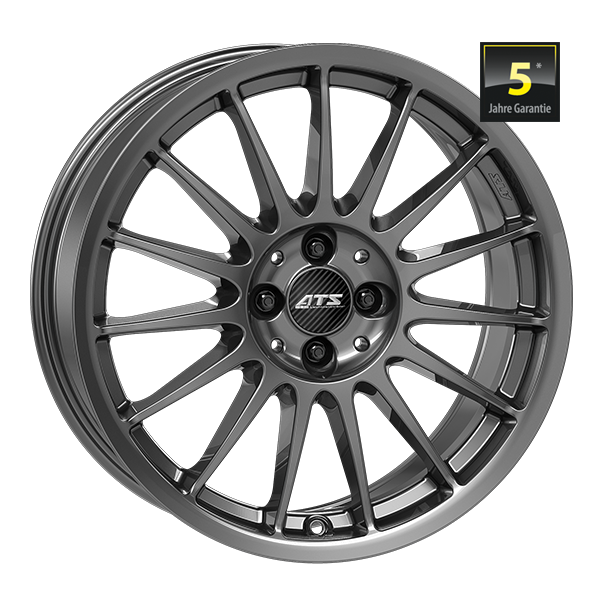
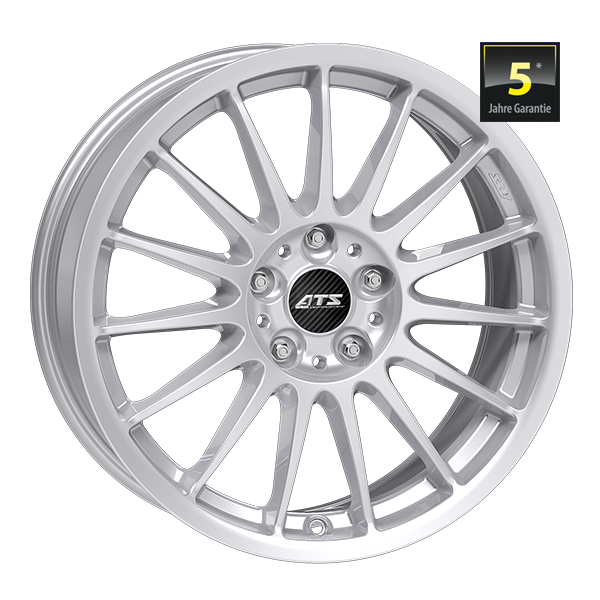





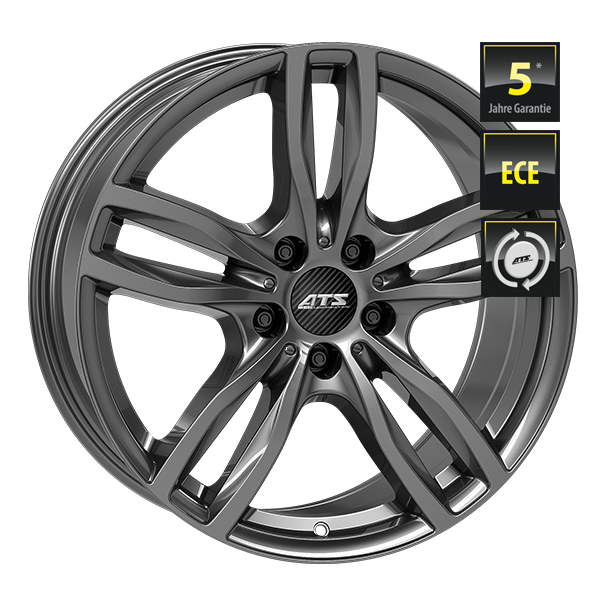

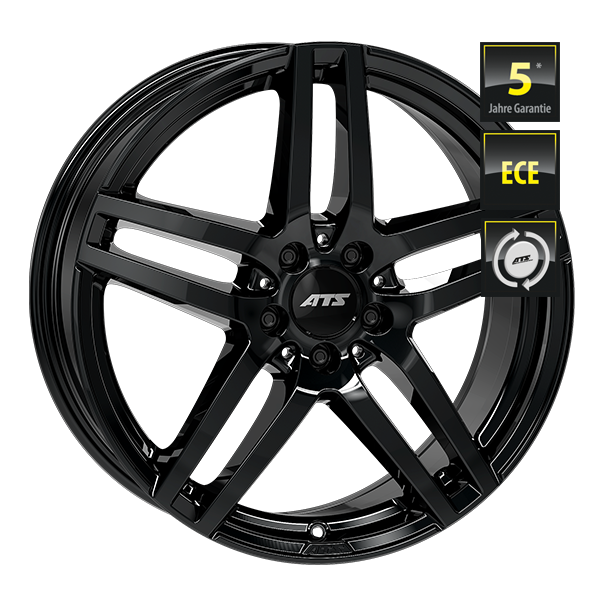

SOCIAL MEDIA